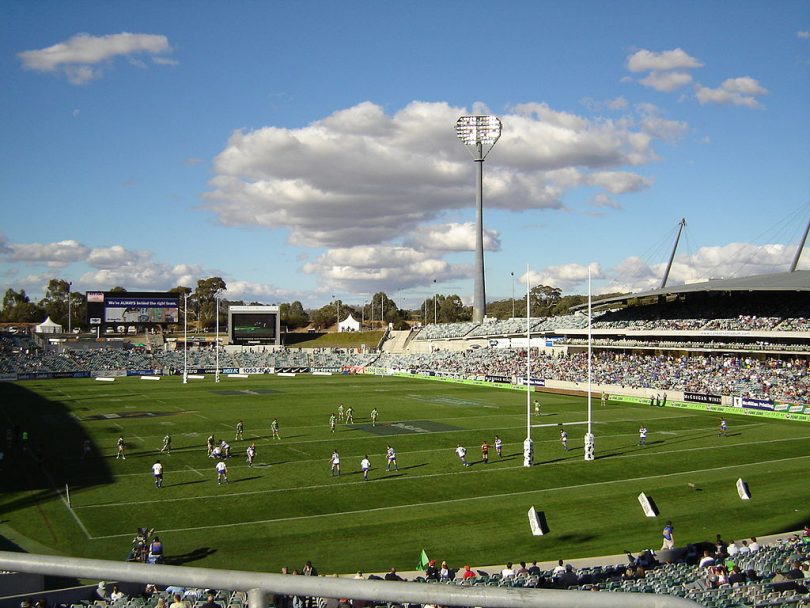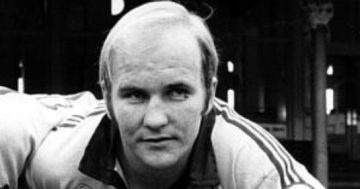
Will it lift our spirits to see our NRL players back in action or is this a premature move by the NRL? Photo: Supplied.
Like most sports, the NRL has been doing everything possible to get back on the field, but the league is the first to actually telegraph a proposed date of return.
As such, the NRL has generated significant debate and publicity during this interrupted season.
Many objectors to the NRL’s proposed resumption have questioned the motives of the league. Questioned is whether the catalyst behind the proposed date of return is purely financial. Are they ensuring television revenue is forthcoming to prop up a league that desperately needs funds?
Objectors also query why the NRL should be permitted to return when the vast majority of the community and sports are adhering to social distancing and essentially staying at home.
Would the visual of players in full-body contact for 80 minutes establish a sense of complacency and result in the rest of the community believing they can do likewise?
Proponents and advocates have stated they will be doing all they can to ensure all COVID-19 quarantine and health measures are maintained.
There has also been the suggestion that playing would lift the spirits of a community at such a difficult time.
The employment generated by the game is also seen as a positive by the proponents. It is also argued that if horse racing can continue then why not league, even though the differences are obvious.
But there are many unanswered questions.
What constitutes social distancing on the field when the general public is encouraged to avoid each other unless involved in essential services?
What is wrong with the NRL re-igniting the competition if the league quarantines players and those closely associated with the game such as coaches and match officials?
To get back on the field on 28 May, clubs would need to start training in three weeks’ time. Is this premature?
Would the sight of players training in preparation for re-ignition of the competition provide optimism to the community?
In many aspects, the league should be commended for doing all they can to prepare for a possible return to play, but comments from governments and health authorities suggest there is still much water to go under the proverbial bridge before it’s allowed to happen.
And how would it be judged by the public, would it be seen as arrogant or visionary?
In the end though, it won’t be up to the NRL. The final decision will be by those in government, guided by medical advice.
Original Article published by Tim Gavel on The RiotACT.









